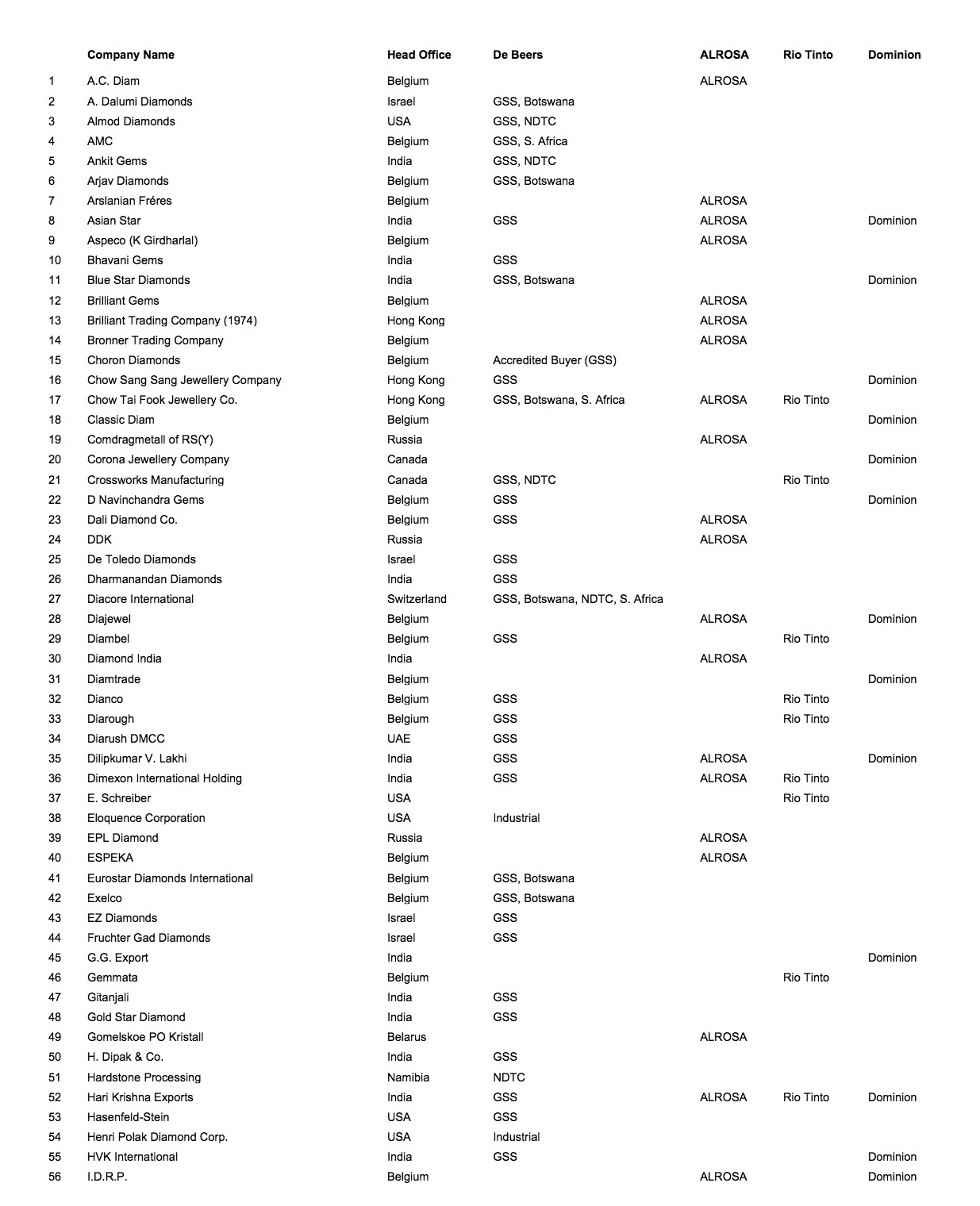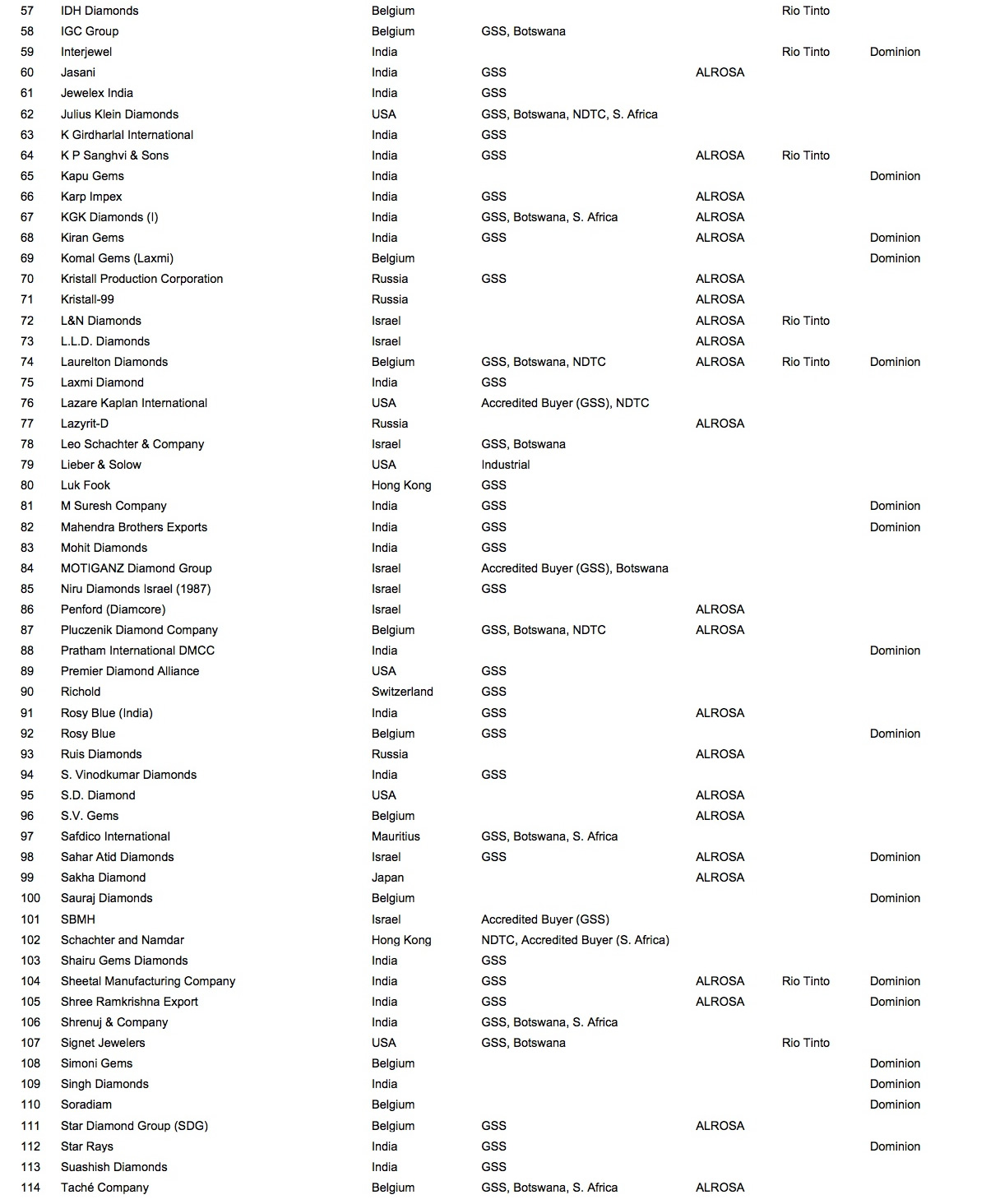Much has been said about unsustainable rough diamond prices in the past year. The lack of profitability in the diamond manufacturing sector has caused manufacturers to significantly scale down their operations and rough purchases in the past six months.
Indeed, in an article published this week, Martin Rapaport, chairman of the Rapaport Group, urged the trade to prioritize the purchase of polished diamonds over rough. Rapaport called on the banks to stop financing unprofitable diamond manufacturing until polished prices rebound and profitability returns.
Still, manufacturing remains at the core of the diamond industry, employing tens of thousands of workers and providing sustenance to possibly millions of their dependents. In the long run, manufacturers require profitable rough supply to ensure continuity in their operations.
Many of the larger manufacturers argue that securing consistent long-term supply is the key to gaining that continuity. The guarantee of consistent rough supply enables manufacturers to plan their production and assure polished supply to their jewelry wholesale and retail clients who often run programs with specific needs.
Consequently, a significant proportion of rough diamond production is sold to the market via long-term contracts.
Not all diamond mining companies are able to sell their production in such a manner. Most junior and mid-size miners sell via spot auctions or tenders, whereby buyers compete for rough in a bidding process. Some also have off-take agreements with buyers who are offered first selection of the mining company’s supply at a pre-negotiated price.
Only a handful of the larger mining companies have the scale of production that enables them to guarantee a scheduled, consistent supply of rough to a set group of clients. Therefore, it’s worth noting who the major buyers of rough are in the market, who is selling to them and how.
[two_third]
De Beers, ALROSA, Rio Tinto and Dominion Diamond Corp., which together account for about two-thirds of global production by volume, each recently penned new long-term supply contracts with their respective clients.
De Beers selected 85 clients known as ‘sightholders’ to receive rough during the new three-year contract period that began on April 1. The company sells approximately 90 percent of its supply to sightholders on a schedule of 10 sights per year, and the remainder are mainly sold via auction sales.
[/two_third][one_third_last]
“Consequently, the ability of these 127 companies to buy rough and sell their polished sets a benchmark for determining the sustainability of the diamond industry.”
[/one_third_last]



